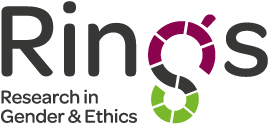How is gender addressed in Kenyan policies on access to health services?
To achieve Universal Health Coverage by 2030, efforts will be needed to ensure marginalized groups are identified and reached, and that the barriers they face in accessing services are removed. Particular attention will need to
be paid to understanding and addressing the complex gendered dimensions of marginalization and exclusion. The starting point for this is to understand the ways in which women and men are marginalized, the different realities
of women and men in marginalized communities, and the effects of gender roles and norms such as those related to labour and masculinity and other factors that affect health such as access to education. However, it must also
take into consideration the intersections of different types of exclusion – for instance how women of different age groups are affected.
Health care providers may unintentionally amplify some of the stigma and structural attitudes that lead to marginalization and lack of access to health care for some groups, and may not be equipped to see or address
different forms of marginalization. Policies therefore also need to provide for measures to ensure health care providers have the skills needed to serve marginalized groups; and they should also provide for reporting and
accountability mechanisms in order to document and redress cases where the health system falls short.
This brief provides a summary of a number of Kenyan health policy documents that have relevance to efforts to reach marginalized populations, in order to assess their gender focus and rank them in accordance with a continuum of approaches to action on gender and health. It suggests measures that can be taken to make these policies more gender equitable.
